When the legendary Ginei Studios shuts down, filmmaker Genya Tachibana and his assistant are tasked with interviewing its reclusive star, Chiyoko Fujiwara, who had retired from the spotlight 30 years prior. As she recounts her career, Genya and his crew are literally pulled into her memories where they witness her chance encounter with a mysterious man on the run from the police. Despite never knowing his name or his face, Chiyoko relentlessly pursues that man in a seamless blend of reality and memory. An animated film by Satoshi Kon.
千年女優
MILLENNIUM ACTRESS
今敏
Satoshi Kon
(2001)
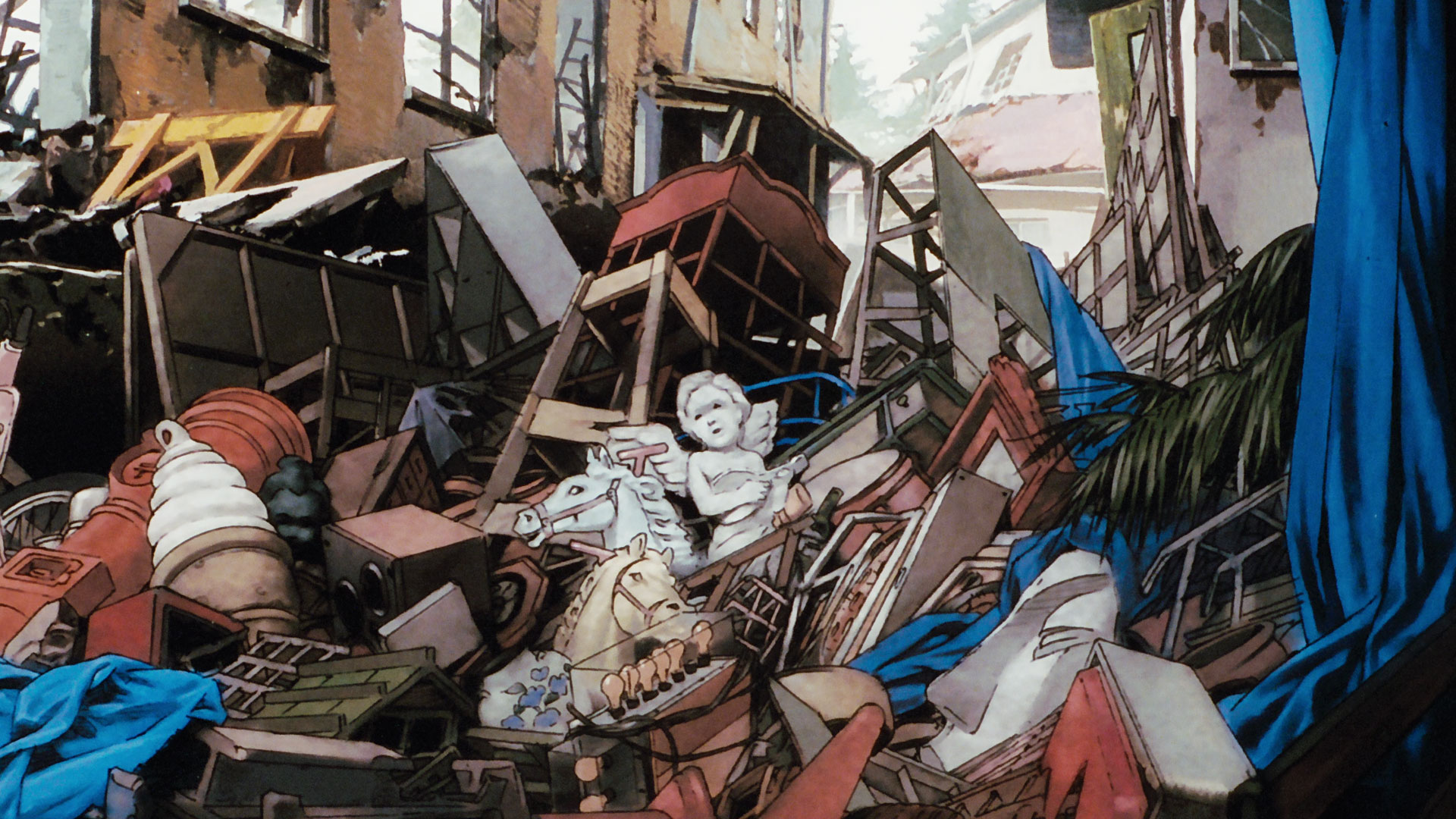
Ginei Studios (銀映) finally shuts down after 70 years in the film business. Director Genya Tachibana (立花源也) decides to make a documentary to celebrate the studios by interviewing Chiyoko Fujiwara (藤原千代子), the studio’s greatest star who withdrew from the public at the height of her career, 30 years ago.
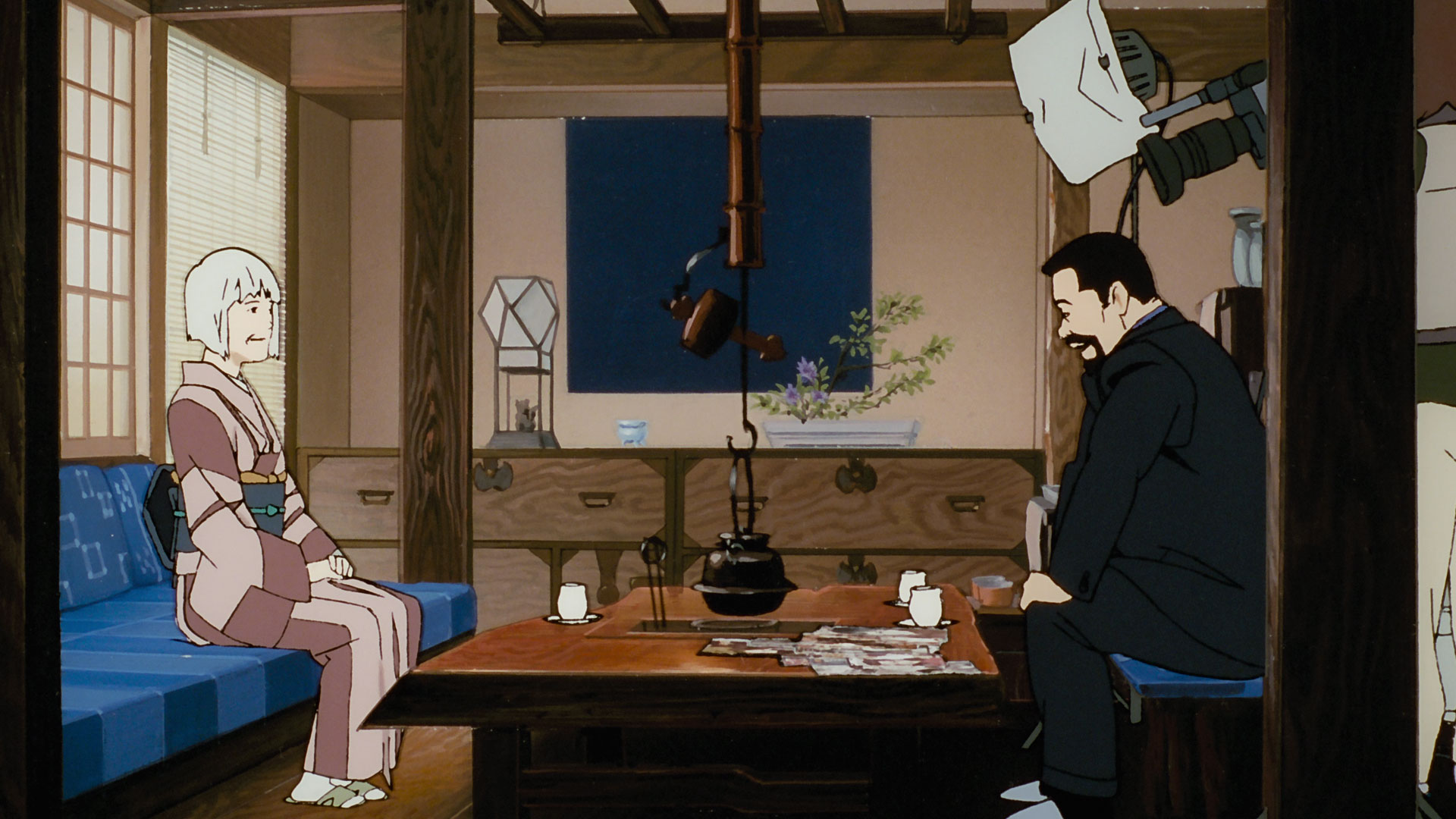
Genya and his cameraman Kyoji Ida (井田恭二), travel to Chiyoko’s secluded home. Chiyoko’s housekeeper is surprised, as Chiyoko hasn’t agreed to any interviews since leaving the film industry. The reason for her change of heart? Genya has obtained the key Chiyoko lost 30 years ago, and he’s determined to return it. When Genya asks about the importance of this particular key, Chiyoko tells him that it is the key to open the most important thing in the world.
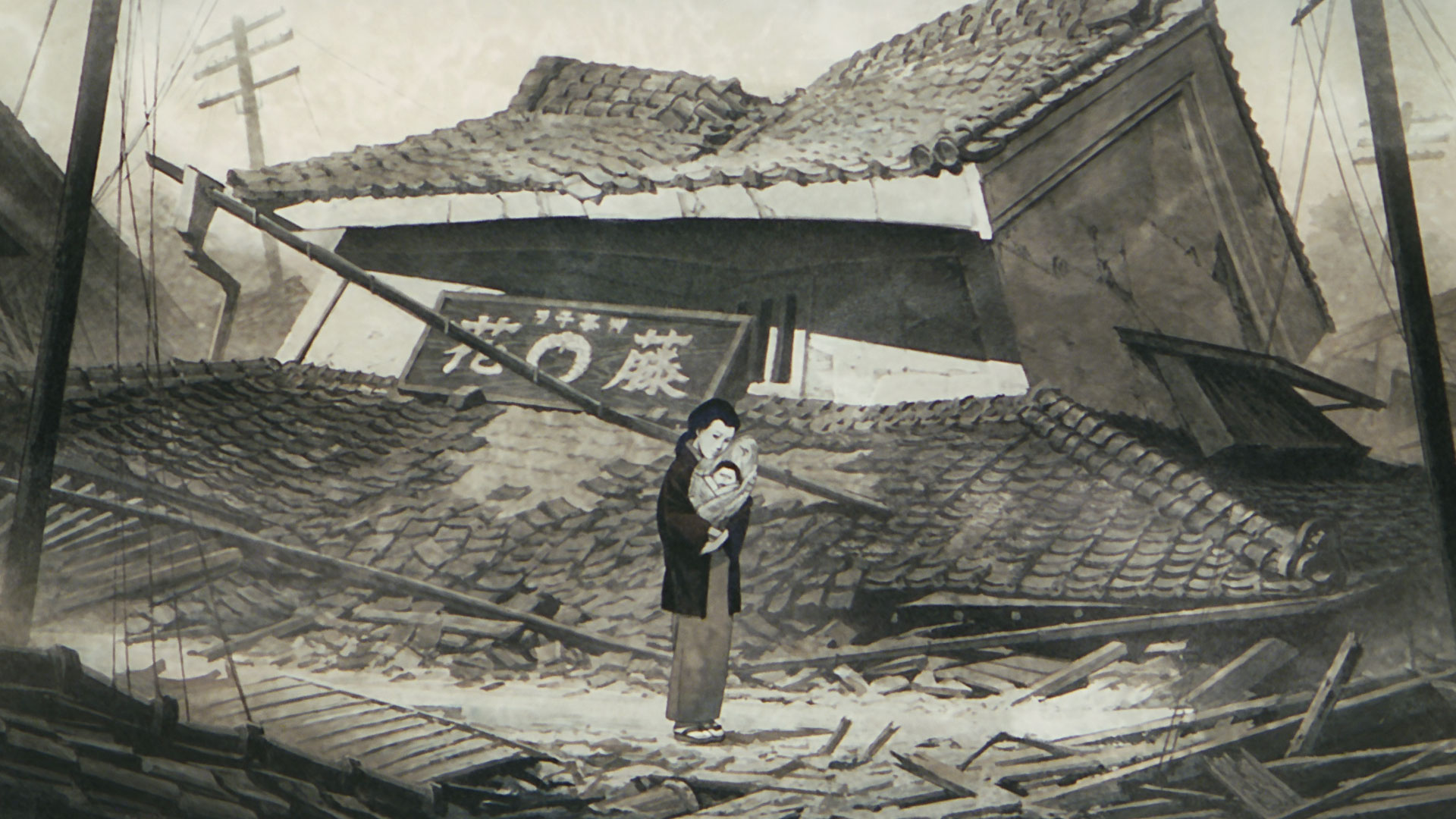
Chiyoko begins the interview by telling the story of her childhood. She was born during the Great Kanto earthquake in 1923, and her father was killed in the earthquake. Fortunately, the sweet shop her father left behind allowed her mother and herself to live well. Japan descended into fascism and the military seized control of the country.
The Great Kanto earthquake (関東大地震) was a devastating earthquake that struck the Kantō region of Japan on 1 September 1923. The earthquake had a magnitude of 7.9 on the moment magnitude scale and caused widespread destruction in Tokyo, Yokohama, and the surrounding prefectures. The earthquake struck at 11:58 JST on a Saturday, with the epicenter located deep beneath Izu Oshima Island in Sagami Bay. The shaking lasted between four and ten minutes. In the aftermath of the earthquake, extensive firestorms and even a fire whirl added to the death toll. Estimates of the total casualties vary, with most sources citing fatalities ranging from 105,000 to 142,800 deaths, including about 40,000 who went missing and were presumed dead. The Great Kanto earthquake remains one of the deadliest and most destructive earthquakes in Japan’s history.
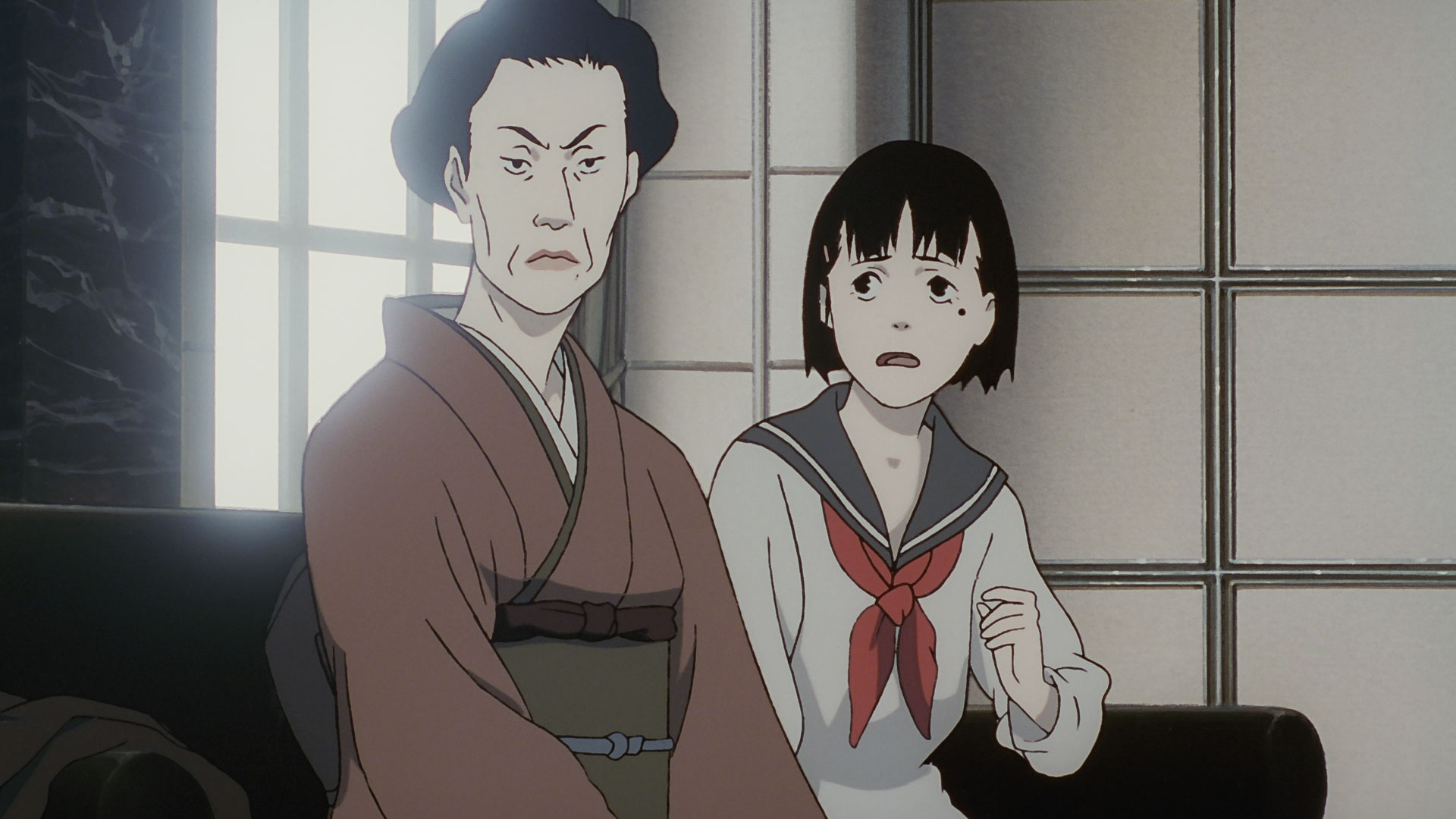
When Chiyoko was in high school, the managing director of Ginei Studios saw her on her way to school and had wanted to cast her in a movie. However, her mother, believing acting to be a salacious profession, declined the offer. She felt it was important for Chiyoko to get married and run the family candy shop. The director explained that their new film would have been set in Manchuria and would have inspired Japan’s brave soldiers to fight China and encourage all Japanese citizens. Her mother countered that it was women’s job to protect the home and raise children, not to act in a movie.
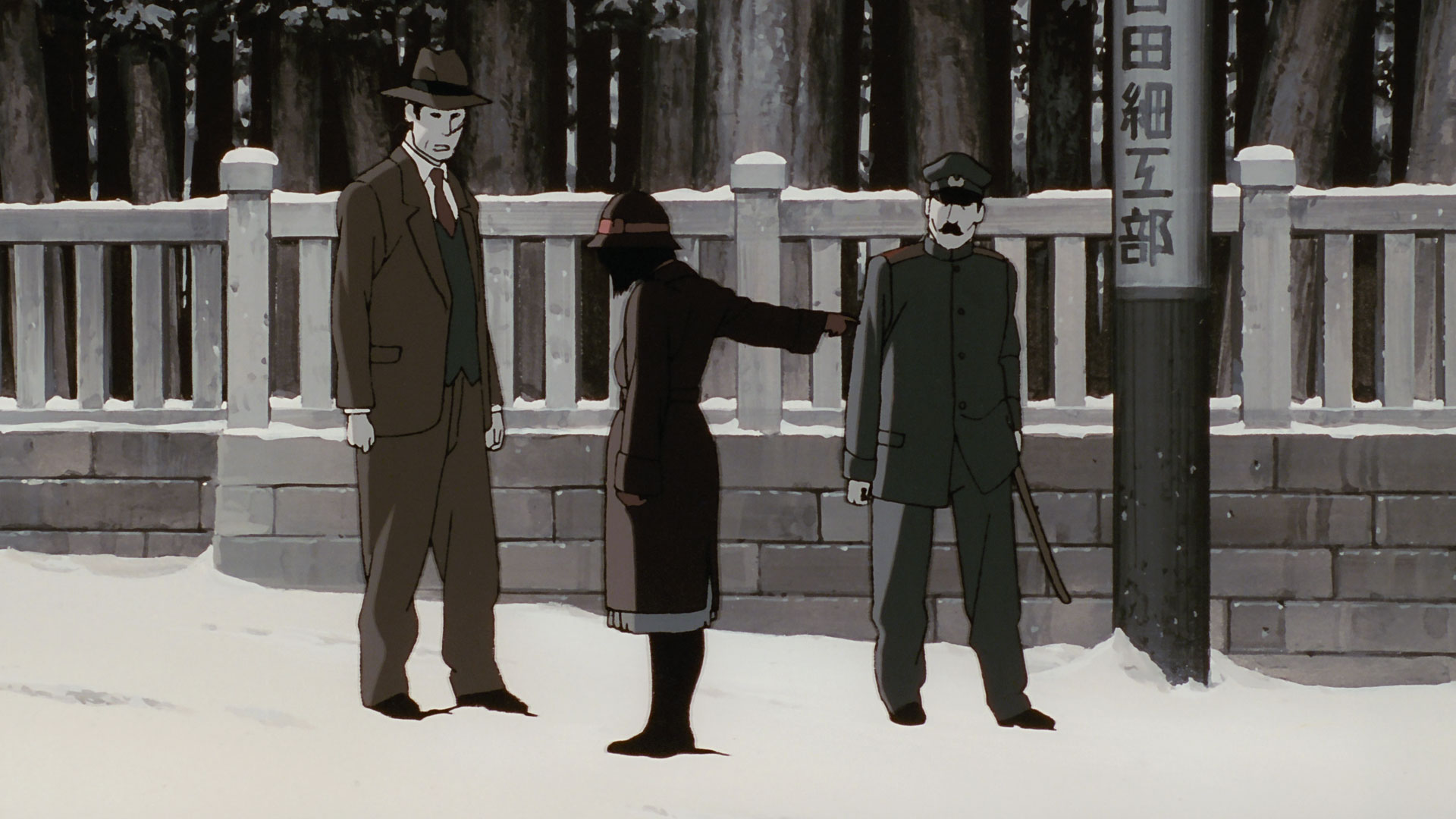
Having failed to convince her mother to let her star in a film, Chiyoko left and walked home by herself. During the walk, a mysterious man ran into her as he was fleeing from the police. The man had picked up and apologized for running into her before climbing over the temple’s wall. When the police arrived and asked Chiyoko if she had seen a man running this way carrying a large wrapped object, hesitating, Chiyoko noticed drops of blood on the snow. She quickly hid the blood with her shoe before pointing the police in a different direction.
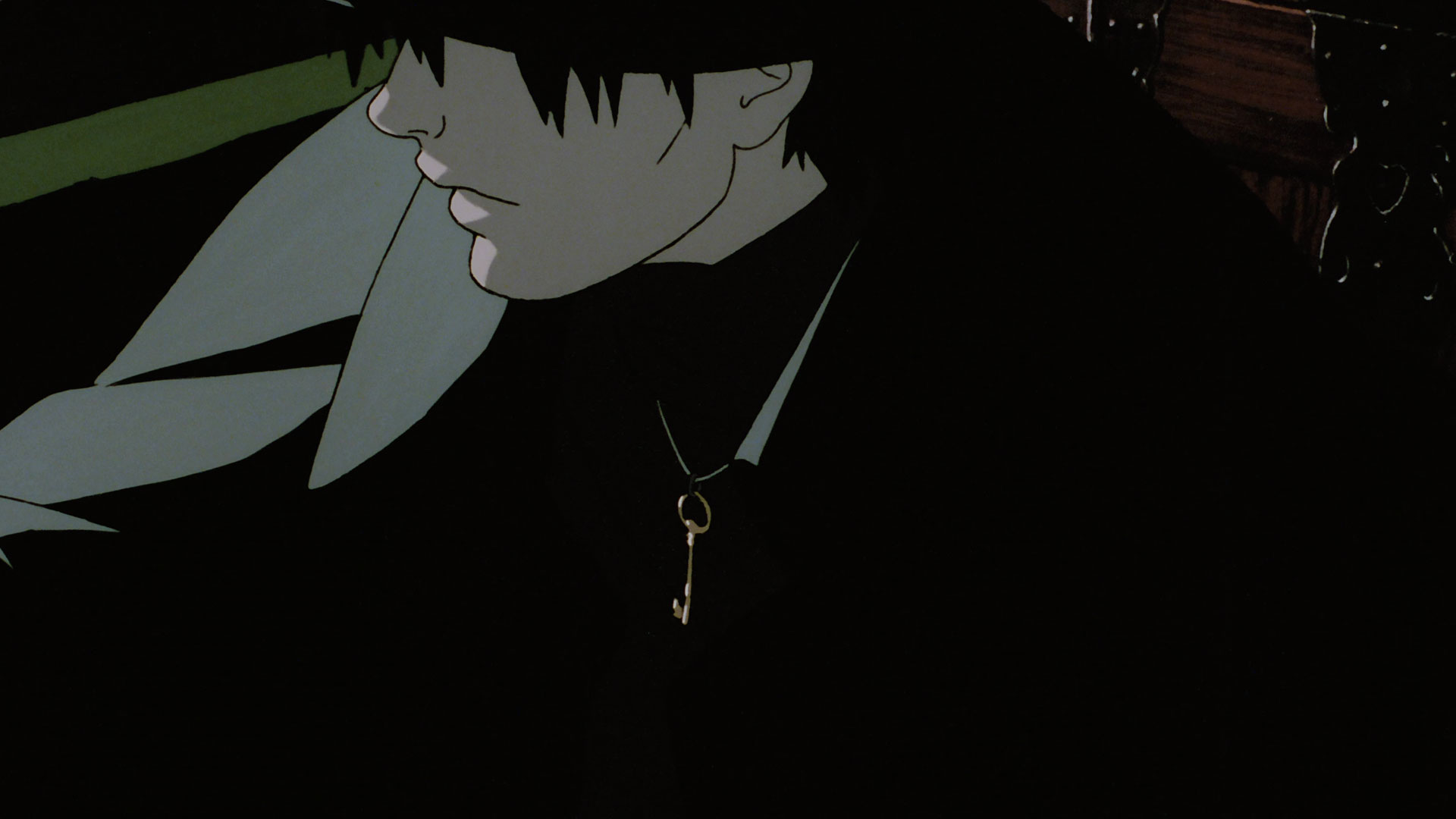
After the police were gone, Chiyoko climbed over the wall and found the man resting under the tree. She had attended to his wound and brought him back to her home where she hid him in a storage room at the back of the candy shop. The man revealed himself as a painter who was determined to finish his painting when he returned to his hometown covered in snow. Chiyoko seemed interested, and the man promised to invite her there to thank her for saving his life, when the war was over. The man explained that he would have to leave soon because his friends were off fighting in Manchuria. Chiyoko noticed a golden key hanging around his neck. He told her that it was the key for opening the most important thing in the world, and asked Chiyoko what she thought the most important thing was. Chiyoko thought it was the key for his locked briefcase; however, she told him that she didn’t know. Instead, Chiyoko told him that she would have to think about it and promised to give him an answer tomorrow.
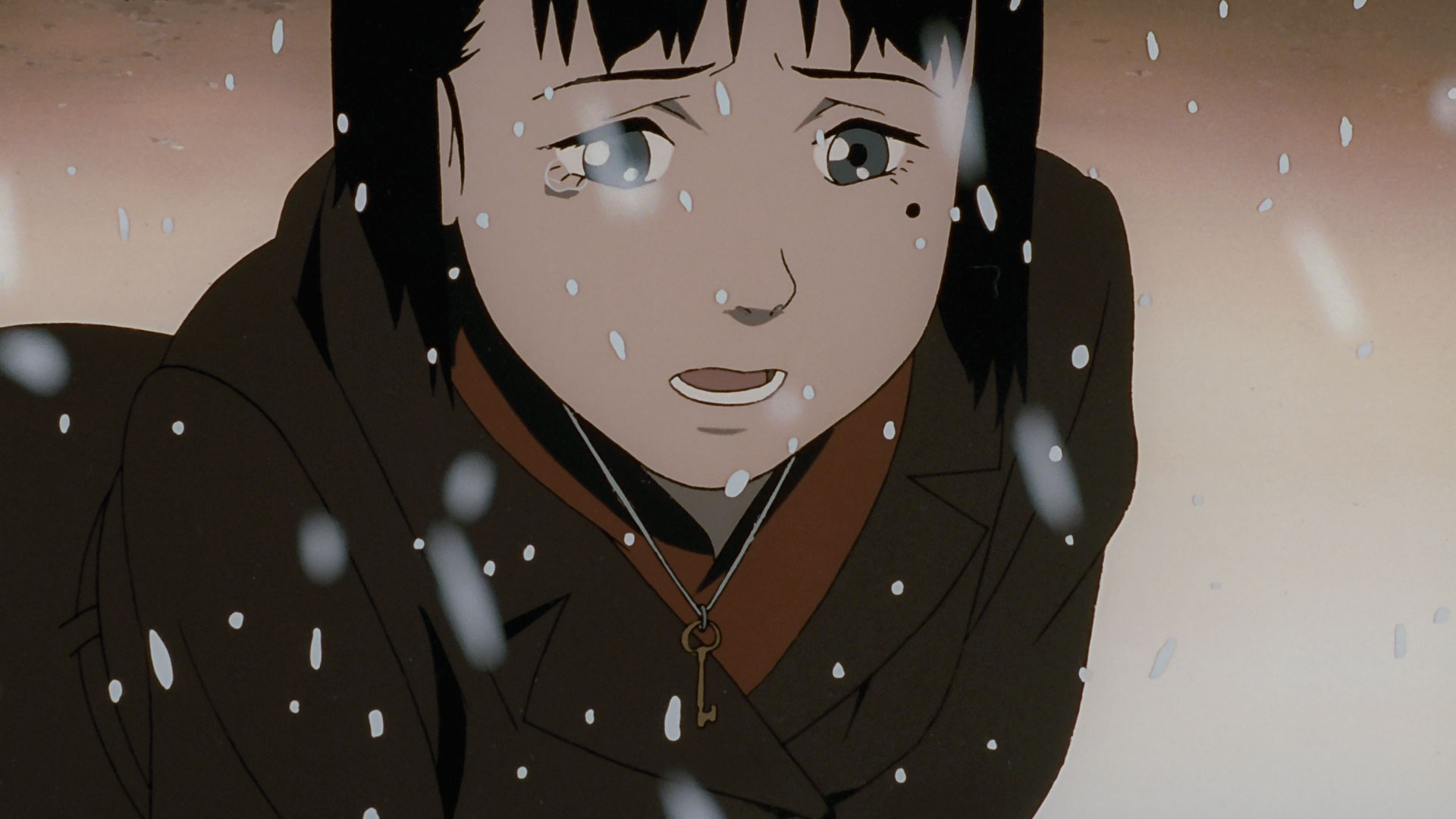
The next day, while returning home from school, Chiyoko found a blood-soaked bandage and a key in the snow. Recognizing it immediately, she raced home to find the candy shop surrounded by police searching for the fugitive. The old shopkeeper approached Chiyoko, whispering that the man had managed to get away to the train station. Desperate, Chiyoko sprinted to the station, hoping to catch up with him. But she was too late; the train had just pulled away. Determined, Chiyoko vowed to find the man and return his key.
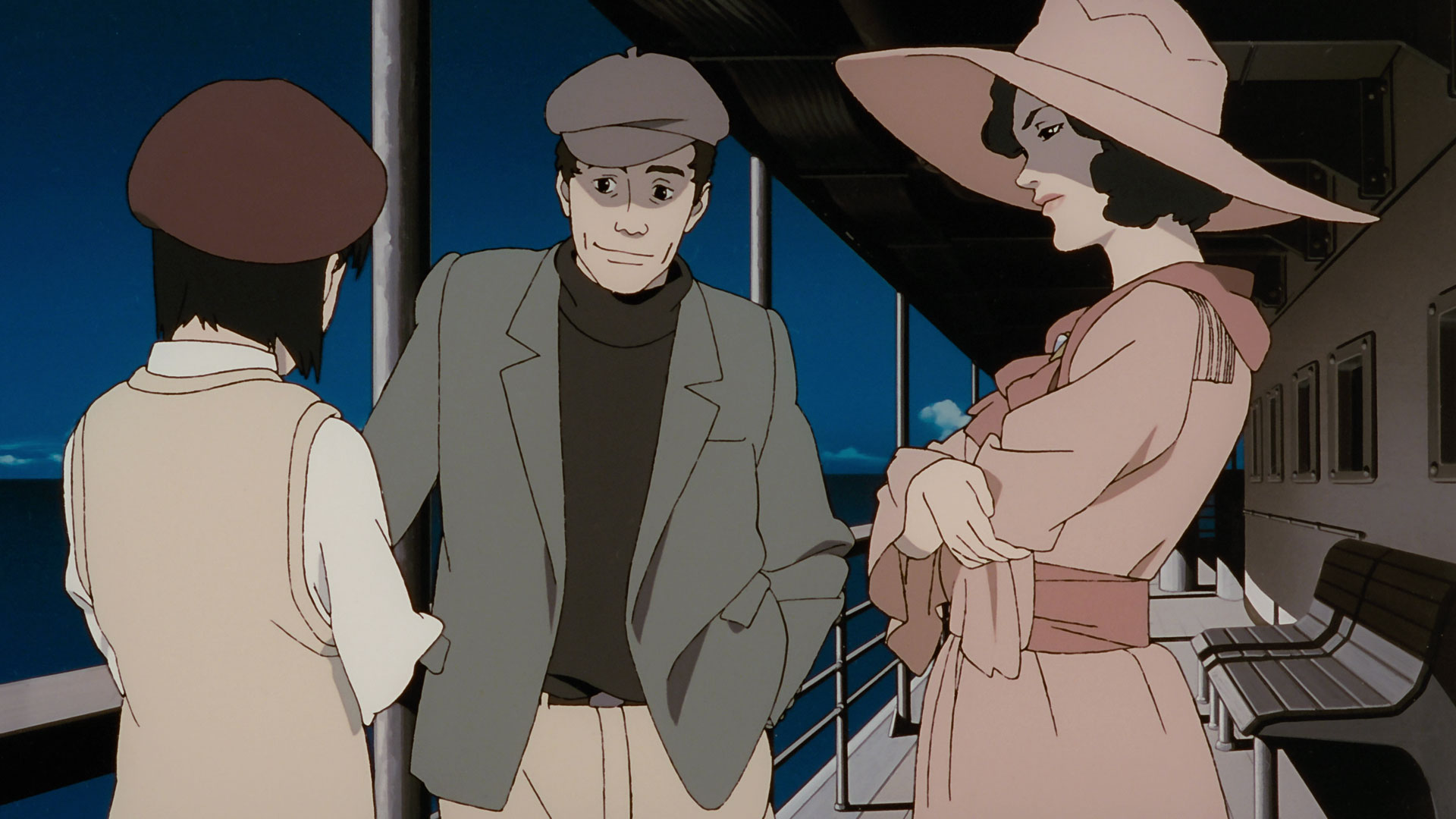
That was the reason Chiyoko became an actress: Ginei Studios’ next film would be shooting in Manchuria. Chiyoko never cared much about the movie itself; she just wanted to be in Manchuria to find the man. There, the managing director introduced Chiyoko to Ginei’s biggest star Eiko Shimao (島尾 詠子), who instantly became jealous of Chiyoko’s innocent face and youthful appearance. While Chiyoko was looking at the key, Junichi Otaki (大滝 諄一), Ginei Studios managing director’s nephew, snatched the key from her before returning it. Chiyoko revealed to Junichi and Eiko that she was holding onto the key for a man she hoped to meet again in Manchuria. However, Eiko was very pessimistic towards Chiyoko, asserting that Chiyoko would never find a painter whom she didn’t even know his name.
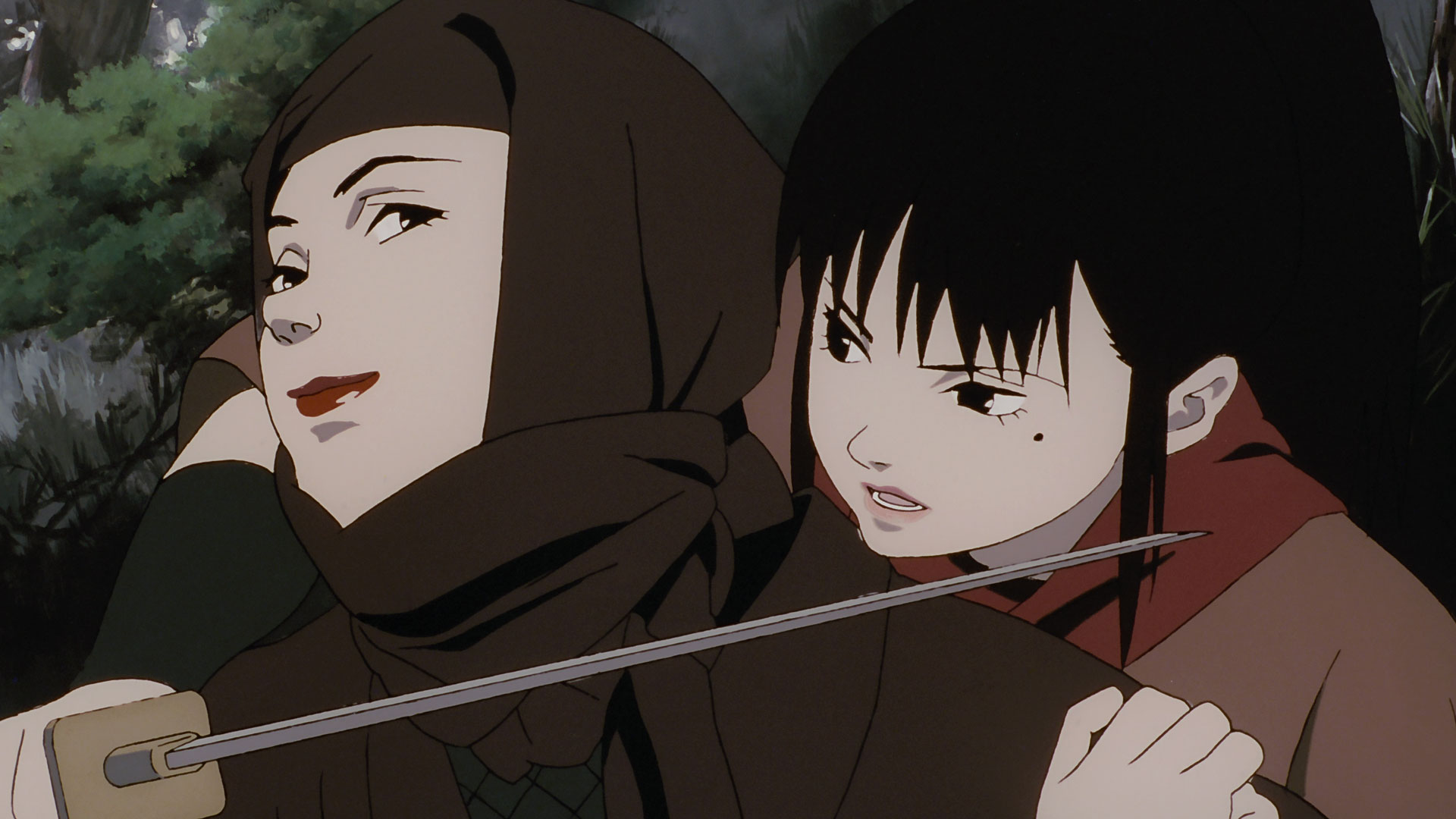
Directed by Satoshi Kon (今敏), with a screenplay he co-wrote with Sadayuki Murai (村井さだゆき), MILLENNIUM ACTRESS blurs the line between fiction and reality, similar to his previous film Perfect Blue. Satoshi Kon’s storytelling technique is undeniably mesmerizing.
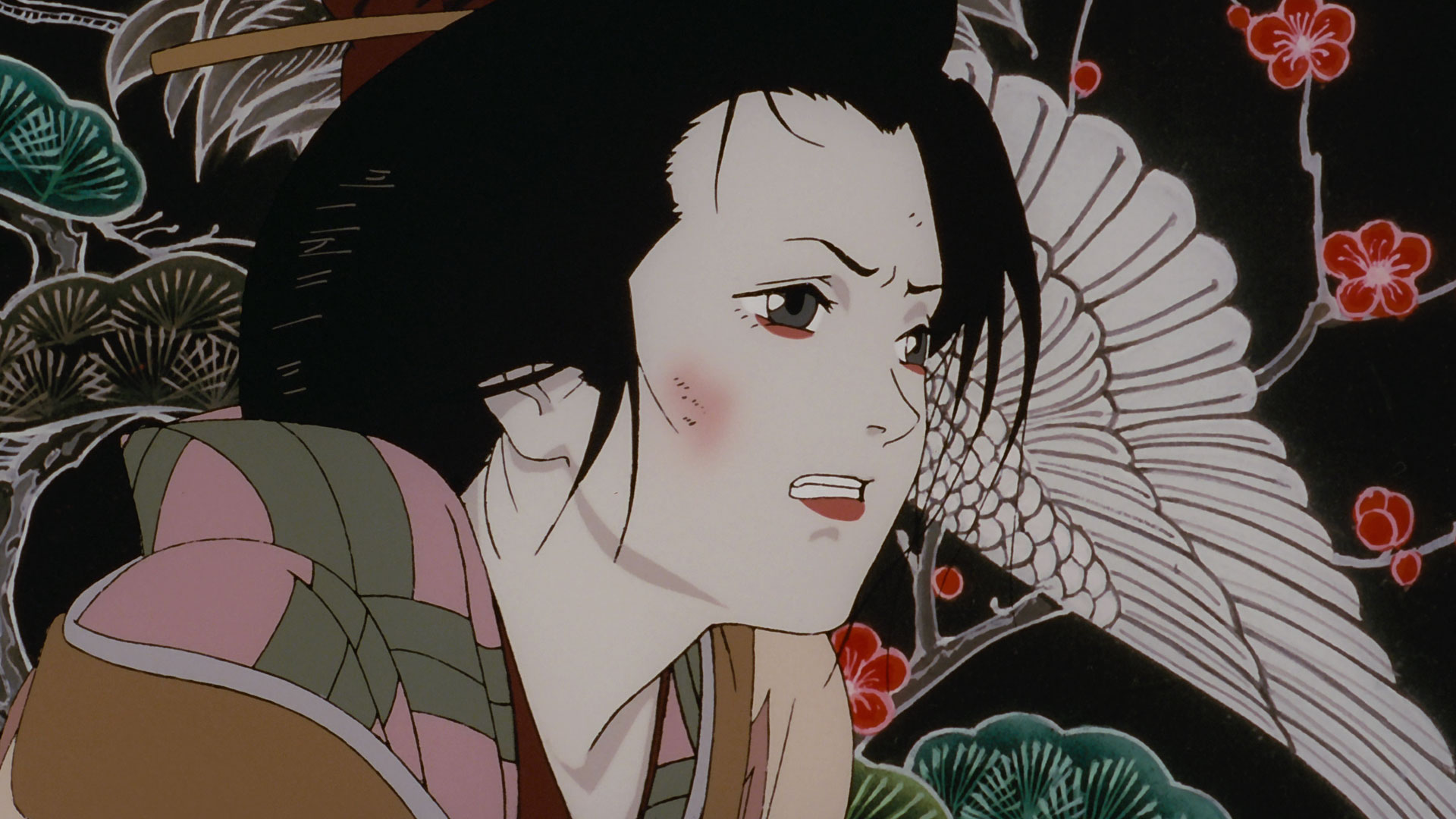
The film unfolds as a documentary filmmaker interviews the reclusive Chiyoko. As Chiyoko recounts her life story, the past and present intertwine, with scenes from her movies bleeding into her memories. This captivating storytelling technique allows the viewer to experience Chiyoko’s life not just factually, but also emotionally. The motivation behind Chiyoko’s acting career – her search for a mysterious man she encountered in her youth – adds a layer of intrigue and romance to the narrative.
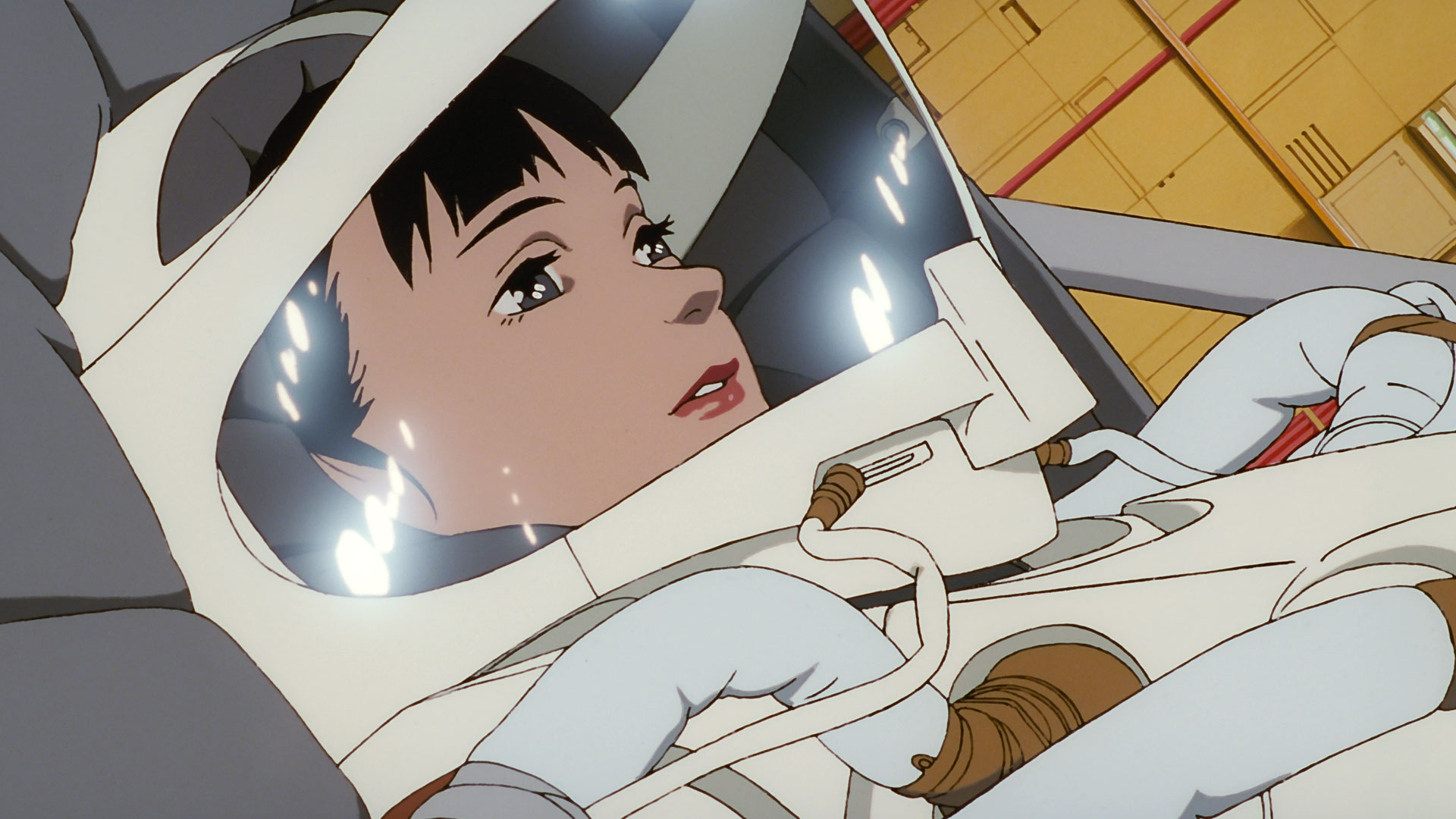
While Kon’s technique of blending fictional scenes with reality as the story progresses is visually stunning and emotionally engaging, the film lacks the complexity of Kon’s previous work. The core theme, though relatable, is overshadowed by the dazzling visuals. If If PERFECT BLUE kept you guessing with its unpredictable twists, MILLENNIUM ACTRESS might feel more straightforward.
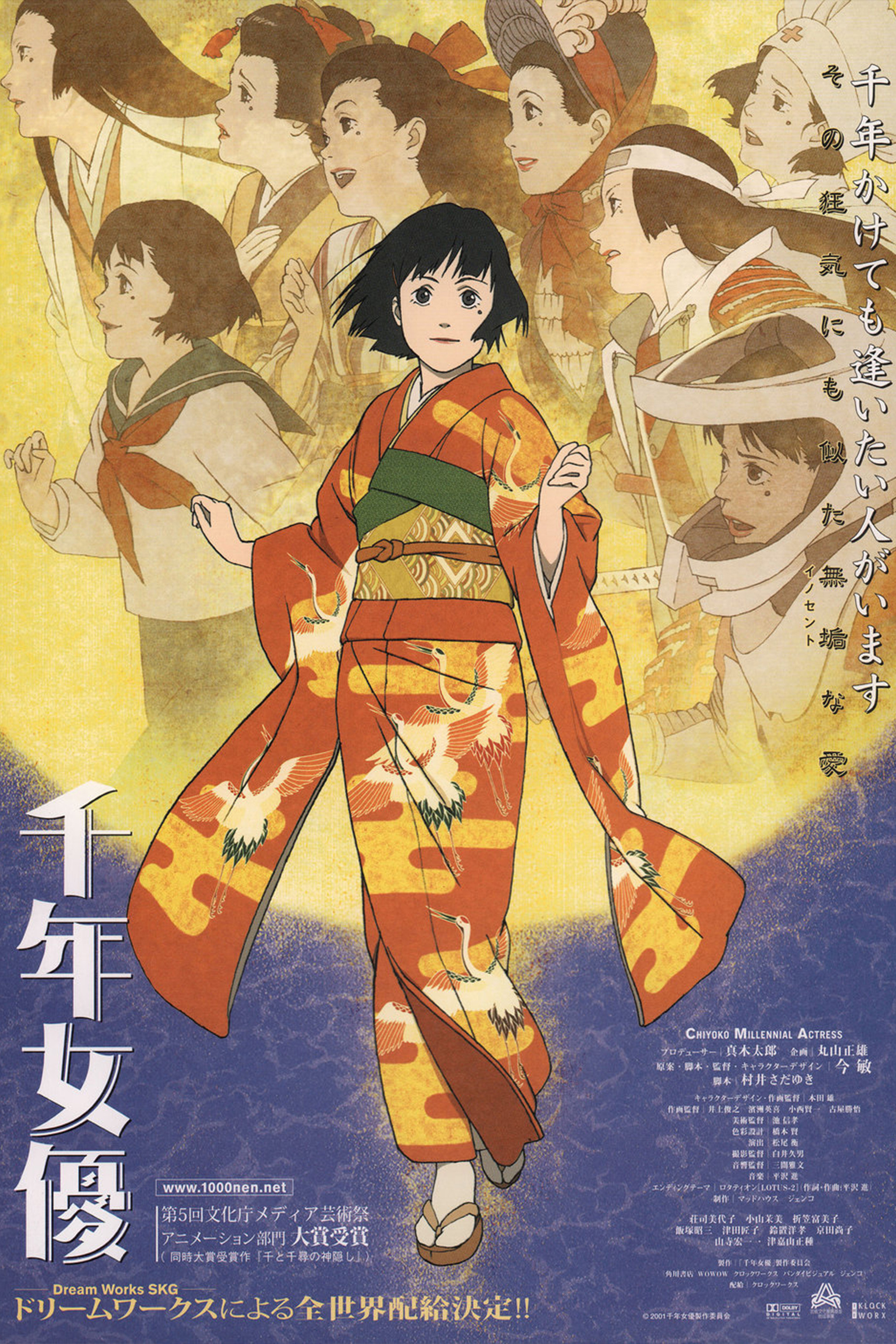
千年女優 (MILLENNIUM ACTRESS) was theatrically released in Japan on 14 September 2002.




